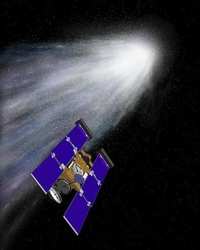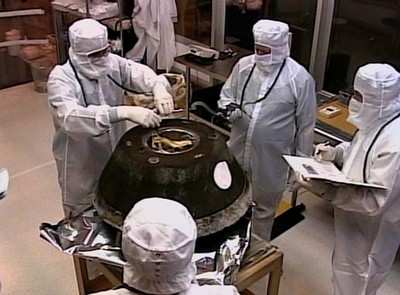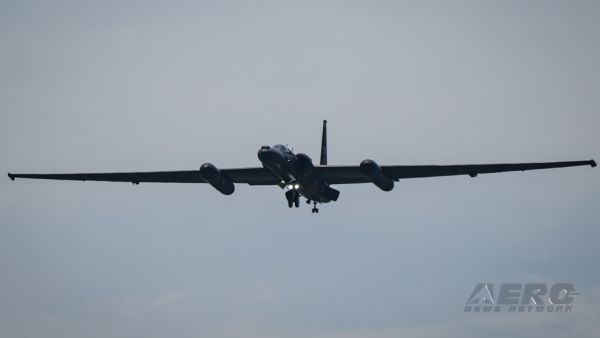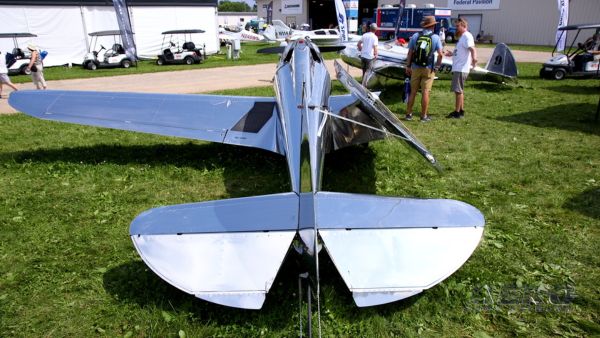Tue, Jan 31, 2006
Advertisement
More News
 Joby Looks to L3Harris to Develop a Defense-Centered VTOL
Joby Looks to L3Harris to Develop a Defense-Centered VTOL
Autonomous Hybrid Aircraft Aims for Flight Tests Beginning in Fall 2025 Joby Aviation and L3Harris Technologies recently announced a new collaboration to develop a hybrid vertical >[...]
 ANN's Daily Aero-Term (08.08.25): Ground Clutter
ANN's Daily Aero-Term (08.08.25): Ground Clutter
Ground Clutter A pattern produced on the radar scope by ground returns which may degrade other radar returns in the affected area. The effect of ground clutter is minimized by the >[...]
 ANN's Daily Aero-Linx (08.08.25)
ANN's Daily Aero-Linx (08.08.25)
Aero Linx: The Formation and Safety Team (FAST) The Formation and Safety Team (FAST) is a worldwide, educational organization dedicated to teaching safe formation flying in Warbird>[...]
 NTSB Prelim: Questair Venture
NTSB Prelim: Questair Venture
As The Nose Of The Airplane Came Down, The Propeller Struck The Runway; The Airplane Slid For Several Feet On July 20, 2025, about 1545 central daylight time, a Questair Venture ai>[...]
 ANN FAQ: How Do I Become A News Spy?
ANN FAQ: How Do I Become A News Spy?
We're Everywhere... Thanks To You! Even with the vast resources and incredibly far-reaching scope of the Aero-News Network, every now and then a story that should be reported on sl>[...]
blog comments powered by Disqus





